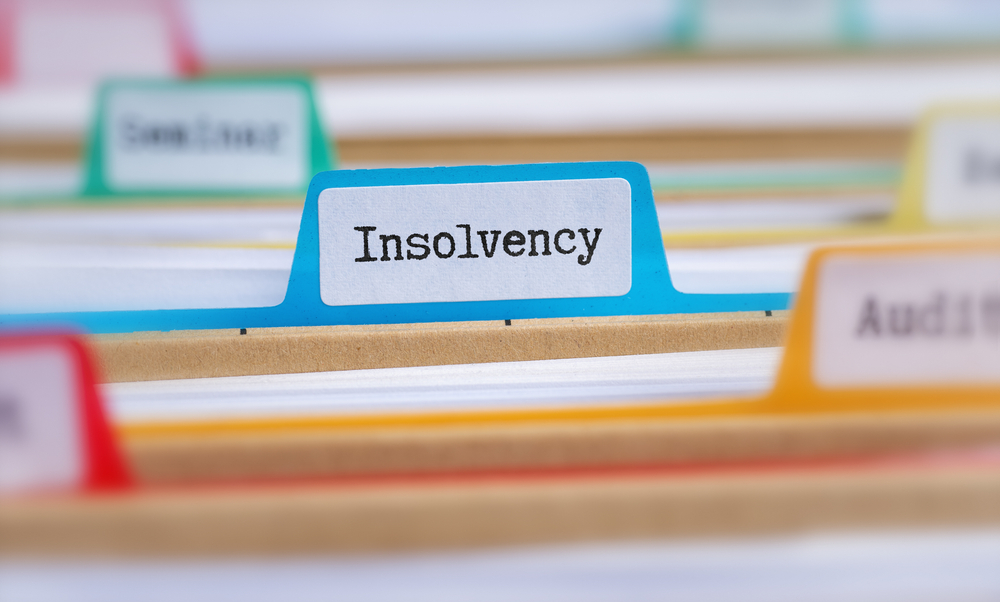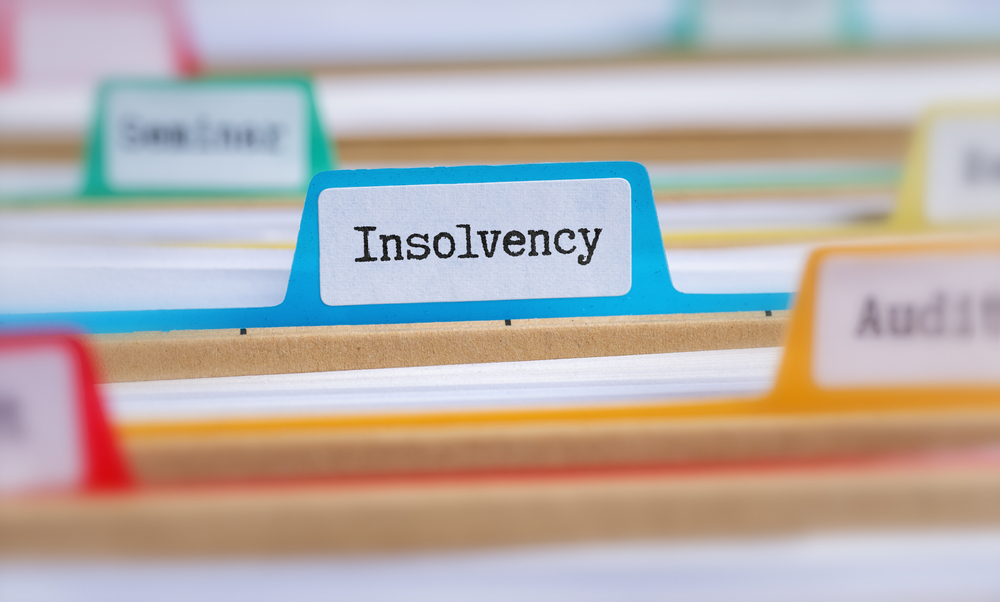
Can You Rescue a Business from Insolvency?
If your business is nearing insolvency, it’s essential that you take immediate steps to recover your position and save it. There are still a few options available to you to avoid liquidation or closing the business.
Even if your business is struggling with large amounts of debt, can’t pay business rates, or has serious cash-flow issues, there is still hope. By using one of the following strategies, you could recover the business, save it from failing, and continue trading.

Don’t forget, we offer a free confidential directors help line to talk through any serious debt situation. Speak with one of our team right now or, if it’s after hours, leave us a message and we’ll call you back.

How to Save a Business from Insolvency
Unfortunately, insolvency is rarely something which can be simply fixed: it’s the end result of a series of conditions that have weakened a company to the point where it’s on the verge of bankruptcy.
That said, the situation is not always insoluble. With the right understanding and a series of decisive actions, many struggling businesses can be restored to profitability and even go on to become hugely successful.
Options to Keep a Company Trading and Avoid Liquidation
1. Explore Your Funding Options
Some struggling businesses are actually in a position where they are ‘underleveraged’, which means there is insufficient capital to grow the business. Having too little debt sounds like a good thing, but it could be the case that there is not enough cash to pay suppliers, employees and other creditors.
If your business is struggling but currently only has a very small amount of debt, borrowing cash from a bank could help you out of a sticky situation. If you already have significant debts, approaching an alternative finance provider could be your best option.
2. Call in Outstanding Debts
It’s commonly the case that companies allow outstanding debts to go unpaid for significant periods of time, potentially resulting in cash-flow problems. A growth in accounts receivable is a common cause of company insolvency issues. The longer you give a company to pay its debts, the greater the risk it will be compulsory liquidated by another creditor or close itself with a creditor voluntary liquidation.
One way to deal with late commercial payments is to contact your debtors with a reminder notice. If they still fail to pay, consider using a debt collection company to recover the debt. In future, you could offer early payment discounts to increase the flow of cash into the company.
3 Cost Reduction and Efficiency Improvements
When a business is approaching insolvency and needs quick results, it’s essential to focus on practical measures that can rapidly impact the bottom line. A thorough examination of current expenses, followed by immediate action to eliminate waste, are foundational steps.
This could involve identifying underperforming products or services that drain resources more than they contribute to revenue. Consolidating roles and responsibilities to ensure staff are deployed effectively can also lead to significant operational efficiencies. Additionally, simplifying processes and eliminating unnecessary steps in your service or product delivery can save time and reduce costs.
4. Offer Discounted Prices in Return for Immediate Payment
If your business is experiencing cash-flow issues then you need money, fast. Most businesses offer payment terms of at least 30 days, and sometimes up to as much as 90 days. If you’re concerned about the speed of payments, offering exclusive discounts for customers who pay your invoices on receipt, or even in advance of the work being complete, can be an effective solution.
Offering a 10 or 20 percent discount for early payment will be an attractive proposition for the majority of your customers. This discount should be calculated to make sure it’s an offer you can afford, and not just a great deal for your customers and clients.
5. Ask HMRC for a Time to Pay Arrangement
If HMRC debts are a major factor of your stresses, don’t forget that HM & Revenue are usually comfortable offering instalment plans for debts such as VAT, PAYE or Corporation Tax.
These can last up to 12 months and improve cash flow in the short term by lowering the need for a sudden outflow of cash.
6. Propose a Company Voluntary Arrangement (CVA)
For limited companies, a CVA is a structured repayment plan arranged with creditors by a licensed insolvency practitioner. For companies facing insurmountable debt, creditors may accept such a proposal on the basis they would rather be paid for a percentage of the debt than receive nothing at all if the company becomes insolvent. 75% of creditors (which can include HMRC) must vote the proposal into agreement.
How can we help?
At Company Debt, we work with businesses that are battling against a negative cash-flow position and unable to make ends meet. We help owners explore alternative funding options, such as invoice discounting and cost-cutting measures that could keep viable businesses afloat.
Please get in touch for the expert, no-obligation assistance you need to resolve this situation. Call 0800 074 6757, or email info@companydebt.com.








